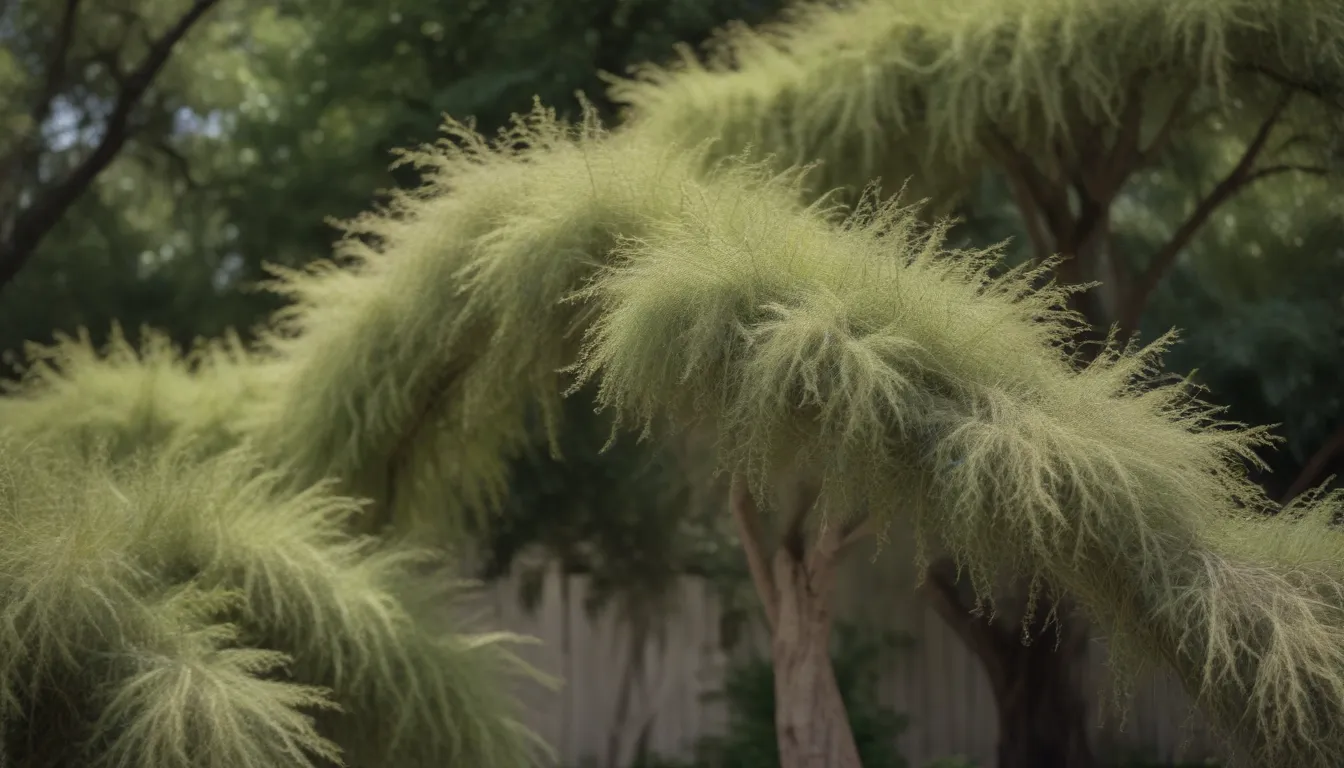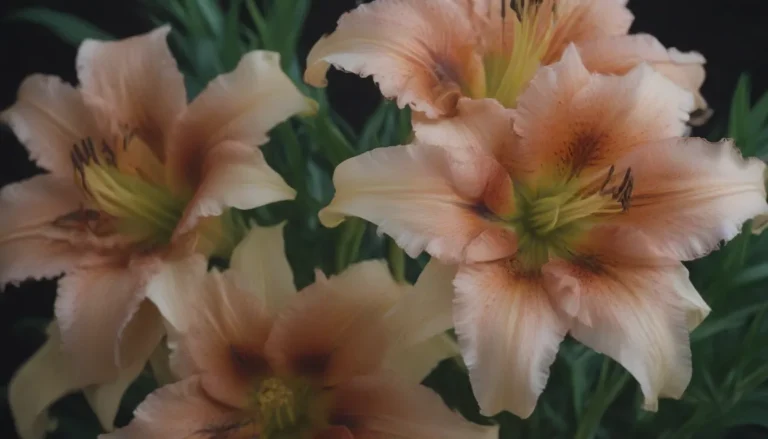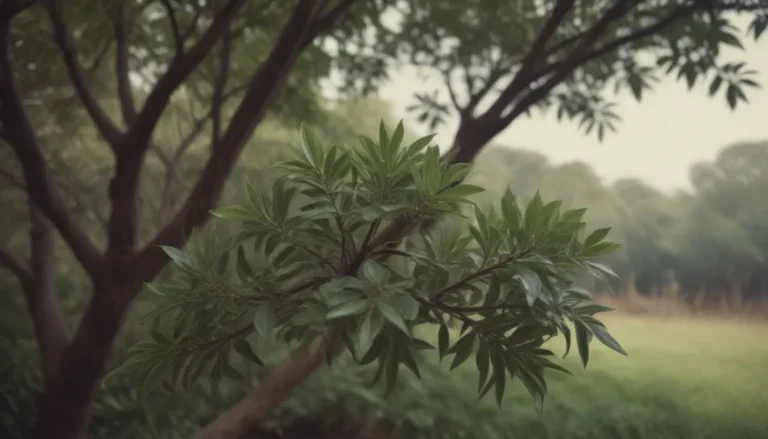Everything You Need to Know About Growing and Caring for Corkscrew Willow

If you’re looking to add a unique and eye-catching tree to your garden, the corkscrew willow might just be the perfect choice for you. With its twisted and contorted twigs, this tree adds a touch of whimsy to any landscape. In this comprehensive guide, we’ll explore everything you need to know about growing and caring for the corkscrew willow. Let’s dive in!
The Allure of the Corkscrew Willow
The corkscrew willow is known for its distinctive appearance, characterized by drooping, twisted twigs that mature from slender and olive-green to gray-brown. The leaves of the tree are often twisted as well, adding to its unique charm. In early spring, fuzzy pale yellow-green flowers, also known as catkins, appear along with the leaves, eventually turning into small light brown fuzzy capsules containing seeds. Come fall, the leaves turn a vibrant yellow before dropping, leaving the twisted twigs to steal the show in the winter months.
How to Plant a Corkscrew Willow
Planting a corkscrew willow is a relatively straightforward process. You can introduce this tree to your garden at any time during the spring or summer, ensuring that the soil is moist and there is ample space for the tree to grow. The corkscrew willow can reach a spread of up to 20 feet, making it important to provide enough room for its growth. While the tree is fast-growing, it is important to note that it is short-lived, typically lasting between 15 to 20 years, with the potential to reach 30 years under ideal conditions.
Corkscrew Willow Care Guide
Taking care of your corkscrew willow is essential to ensure its health and longevity. Here are some key care tips to keep in mind:
Light
- The corkscrew willow thrives in sunny locations, although it can also tolerate partial shade.
Soil
- While not overly particular about soil type, the corkscrew willow does require moist soil to thrive. It can adapt to a range of pH levels, from acidic to alkaline.
Water
- Watering is crucial for the corkscrew willow, especially in locations where the soil is not naturally moist. Consider planting the tree in areas where water collects after rainfall to reduce the need for frequent watering.
Temperature and Humidity
- This tree is hardy in cold temperatures but may struggle in hot, humid climates.
Fertilizer
- If the tree is located near a fertilized lawn, additional fertilization may not be necessary. However, a balanced slow-release fertilizer in the spring can give the tree a nutrient boost.
Varieties of Corkscrew Willow
There are two popular cultivars of corkscrew willow known for their twisted twigs:
- ‘Golden Curls’
- ‘Scarlet Curls’
Pruning and Propagation Tips
Proper pruning and propagation techniques can help maintain the health of your corkscrew willow:
Pruning
- Prune your corkscrew willow in late winter to early spring to remove damaged or dead branches. This helps promote air circulation and sunlight exposure, reducing the risk of insect damage.
Propagating
- Propagate corkscrew willow using hardwood cuttings during the dormant season for best results. Avoid propagation from seeds, as it may not produce true-to-type offspring.
Common Pests and Diseases
While the corkscrew willow is susceptible to pests and diseases, proper care can help mitigate these issues:
- Willow leaf beetles
- Aphids
- Lace bugs
- Powdery mildew
- Willow scab
Maintaining good hygiene practices, such as regular pruning and removal of diseased leaves, can help protect your tree from these common issues.
Common Problems with Corkscrew Willow
- The roots of the corkscrew willow grow close to the surface and can be aggressive, so be mindful of planting locations near structures or pipes.
Interesting Facts about the Corkscrew Willow
- The corkscrew willow is native to China and Korea.
- ‘Tortuosa’ is a cultivar introduced from China to the United States in 1923.
- Unlike the corkscrew willow, weeping willow has straight branches that bend downwards.
In conclusion, the corkscrew willow is a unique and visually captivating tree that can add character to any garden landscape. By following the care guidelines outlined in this article, you can enjoy the beauty of this tree for years to come. Happy planting!





